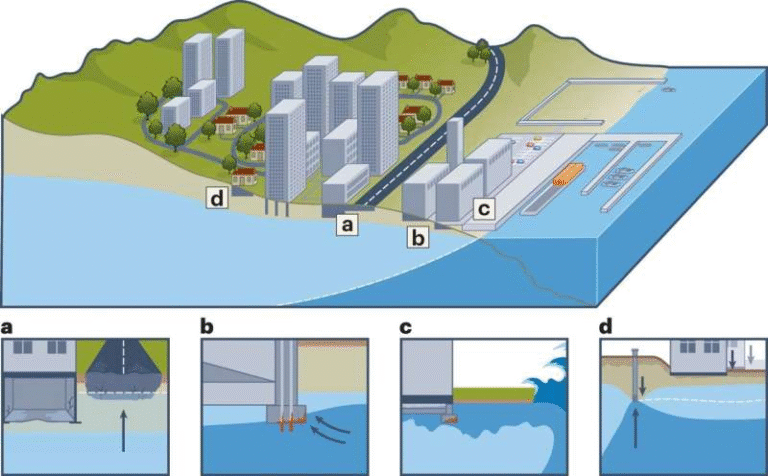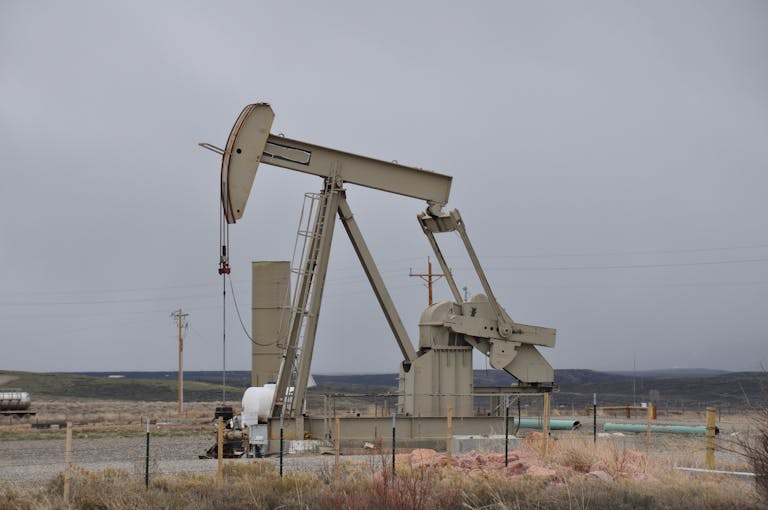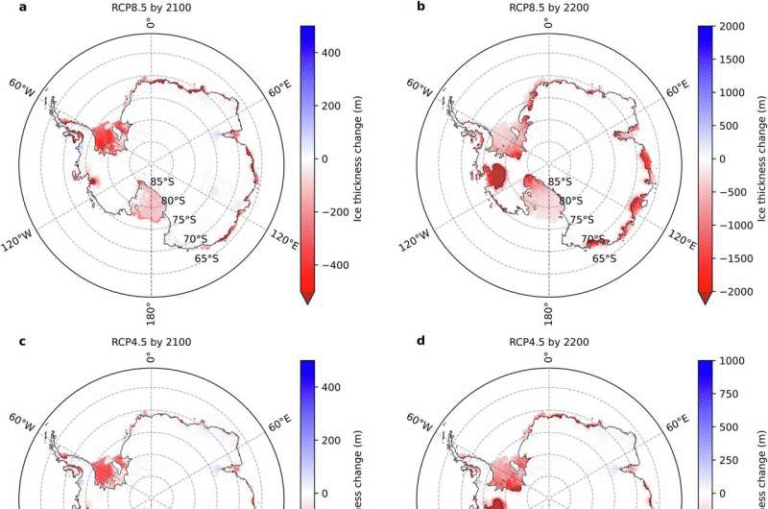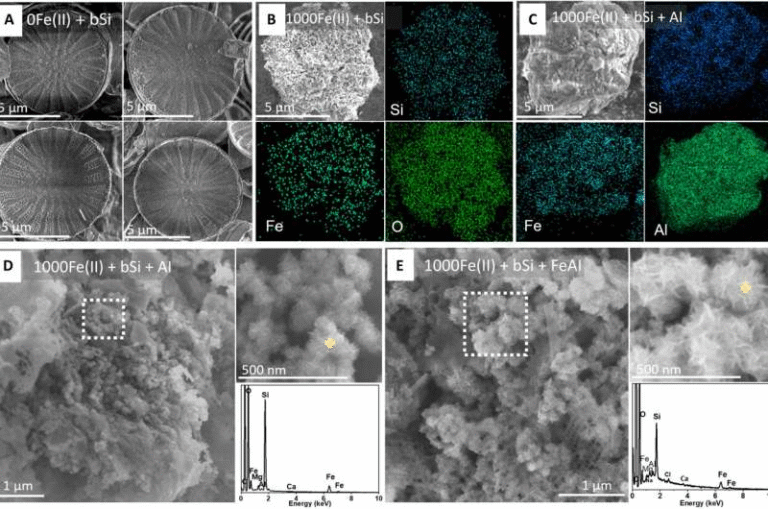American E-Waste is Flooding Southeast Asia: A Hidden Tsunami Uncovered

A new report by the Basel Action Network (BAN), a Seattle-based environmental watchdog, has shed light on a massive, ongoing export of U.S. electronic waste to Southeast Asia and the Middle East. The two-year investigation, covering January 2023 to February 2025, exposes how millions of tons of discarded electronics are leaving American ports each month—often under misleading trade labels—and ending up in developing countries that lack the capacity to handle such hazardous materials safely.
The Scale of the Problem
According to the report titled “Brokers of Shame: The New Tsunami of American e-Waste Exports to Asia”, the United States is exporting roughly 2,000 shipping containers every month, equivalent to about 33,000 metric tons of used electronics. These shipments are not isolated incidents—they represent a systemic export flow valued at more than $1 billion over the two-year study period. Industrywide, similar trade could reach a staggering $200 million per month.
The report identified 10 U.S. companies behind this e-waste trade: Attan Recycling, Corporate eWaste Solutions (CEWS), Creative Metals Group, EDM, First America Metal Corp., GEM Iron and Metal Inc., Greenland Resource, IQA Metals, PPM Recycling, and Semsotai. These companies are described as “brokers,” meaning they don’t recycle the waste themselves but export it to other firms overseas, where it’s dismantled—often in unsafe conditions.
Where the Waste Goes
Most of these containers end up in Southeast Asian nations—especially Malaysia, which has become the main destination. Other recipient countries include Thailand, Indonesia, the Philippines, and the United Arab Emirates. Ironically, many of these countries have bans or strict restrictions on importing hazardous waste under the Basel Convention, an international treaty designed to prevent precisely this kind of waste dumping.
However, the report reveals that exporters misclassify shipments under generic trade categories such as “commodity materials” or “recyclable goods” to evade detection. The materials are often declared as raw metals or functioning electronics, though in reality, most of the items are broken or obsolete.
Why This Matters
E-waste, short for electronic waste, includes discarded gadgets like computers, phones, televisions, and printers. While some of these devices contain valuable components such as copper, gold, and palladium, they also contain toxic substances like lead, cadmium, mercury, and flame retardants.
When handled improperly—such as being burned, melted, or dismantled by hand—these materials release toxic fumes and leach chemicals into soil and groundwater. In places like Ho Chi Minh City’s Nhat Tao Market or Malaysia’s illegal scrapyards, workers often lack any protective gear, exposing themselves to dangerous substances daily.
This situation has prompted experts to call the practice a form of “waste colonialism”, where wealthier nations export their pollution to poorer countries. It’s essentially a transfer of environmental and health burdens to communities that are least equipped to manage them.
The Certification Controversy
One of the most concerning findings in BAN’s report is that eight out of the ten identified exporters hold R2V3 certifications, which are supposed to indicate that a recycler follows safe and responsible e-waste practices. This certification system is meant to assure consumers and businesses that their electronics are disposed of ethically.
Yet, BAN’s investigation raises serious questions about the credibility of such certifications. If R2V3-certified companies are exporting hazardous waste under misleading trade codes, then the certification may serve more as a marketing badge than a guarantee of responsible recycling.
Company Responses
When contacted by reporters, several companies either denied wrongdoing or deflected blame.
- Semsotai claimed it only exports working components for reuse.
- PPM Recycling said it ships only aluminum and non-iron metals to Malaysia and argued that BAN had exaggerated shipment volumes.
- Greenland Resource stated that it takes the allegations seriously and is conducting an internal review.
- CEWS maintained that it follows strict environmental standards but withheld specific operational details, calling them “industrial secrets.”
Despite these denials, the evidence collected by BAN—including customs data, trade records, and field inspections—strongly suggests that most shipments contain non-functional or broken devices destined for improper disposal.
Government Crackdowns
Authorities in Southeast Asia have started pushing back. In May 2025, Thai officials seized 238 tons of U.S. e-waste at Bangkok Port. A month later, Malaysian authorities confiscated shipments worth $118 million in a nationwide crackdown, discovering that most facilities handling the waste were illegal and lacked basic environmental safeguards.
These efforts, while commendable, barely scratch the surface. Experts warn that for every container seized, dozens more pass through unnoticed, hidden behind fraudulent paperwork and ambiguous trade codes.
A Growing Global Problem
The issue of e-waste isn’t limited to the U.S. or Asia—it’s a global crisis. According to the United Nations’ International Telecommunication Union (ITU) and its research arm UNITAR, the world produced a record 62 million metric tons of e-waste in 2022. That figure is projected to climb to 82 million tons by 2030.
Asia already produces nearly half of the world’s e-waste, and the addition of foreign waste from wealthy nations only worsens the environmental burden. When China banned foreign waste imports in 2017, many of its recycling businesses relocated to Southeast Asia, turning Malaysia and Thailand into what one BAN director called a “mecca of junk.”
The U.S. and the Basel Convention
Interestingly, the United States remains the only industrialized nation that hasn’t ratified the Basel Convention. This loophole allows U.S. companies to export hazardous materials to countries that have signed the treaty, effectively sidestepping international rules designed to protect vulnerable nations.
The report argues that until the U.S. ratifies and enforces the Basel Convention, these shipments will continue under the radar. Even states with strict e-waste laws, such as California, are seeing exporters use creative legal workarounds to avoid accountability.
Beyond the Report: Understanding E-Waste
To understand the gravity of this issue, it helps to know how e-waste recycling is supposed to work. Proper e-waste recycling involves:
- Collection of used electronics through licensed facilities.
- Separation and shredding of components in controlled environments.
- Extraction of valuable metals using chemical or mechanical processes.
- Safe disposal of hazardous residues according to environmental standards.
In contrast, informal recycling—common in developing countries—relies on manual labor, open burning, and acid baths, exposing workers to carcinogens and neurotoxins. Children and undocumented workers are particularly at risk.
Beyond health impacts, improper recycling leads to air and water contamination, kills aquatic life, and releases greenhouse gases from burning plastics and insulation materials.
The Bigger Picture
The BAN report is not just a warning about shady exports—it’s a wake-up call for the entire global electronics ecosystem. Every smartphone, laptop, and tablet we discard feeds into this cycle unless properly managed. The rapid pace of tech upgrades and product obsolescence means we’re producing e-waste five times faster than we’re recycling it.
To truly address this, both corporations and consumers need to take responsibility. Electronics manufacturers should design products that are easier to repair and recycle. Governments must strengthen trade monitoring and enforce existing bans. And consumers should choose certified recyclers who provide transparent downstream documentation—not just green logos on their websites.
The so-called “hidden tsunami” of American e-waste isn’t just a distant environmental crisis; it’s a reflection of how modern convenience creates invisible costs that others pay. If we want to prevent Southeast Asia from becoming the world’s digital dumping ground, awareness and accountability are the first steps.
Research reference: Basel Action Network – Brokers of Shame: The New Tsunami of American e-Waste Exports to Asia (2025)





